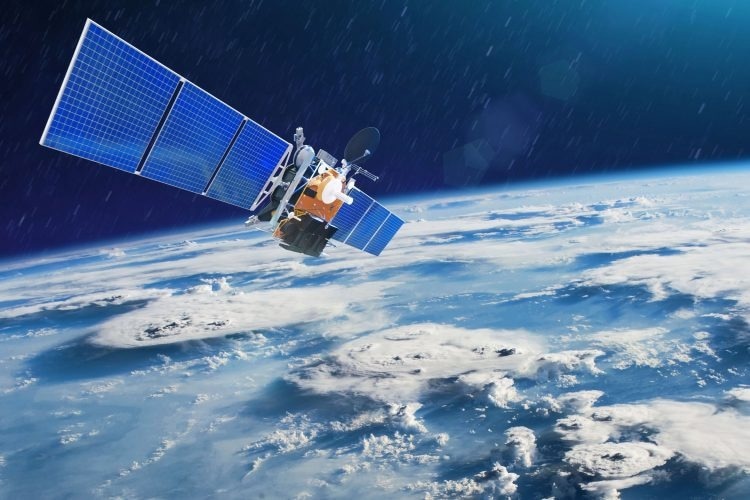Ultra-lightweight space cameras offer maximum performance in a minimalist package. This combination is incredibly important when launching a spacecraft, where weight is at a premium, and every gram counts. However, this does not mean that quality has to be compromised.
By utilizing advanced materials, ultra-lightweight space cameras provide superior performance at minimum weight. Built with radiation shielding and designed for low power consumption, these cameras offer stable functional capabilities, even in environments where the temperature can vary wildly.
This article examines the key features of ultra-lightweight space cameras and how they work together to deliver the high-level functionality required for off-world missions. It also highlights the environmental extremes that shape the design parameters.

Ultra lightweight space cameras come with unique challenges— but they also open the door to unique opportunities. Image Credit: Avantier Inc.
Space Environments
Polar-orbiting satellites operate between 100 and 200 miles above the Earth's surface, passing over the same point twice daily—once during the day and once at night. This variation results in extreme temperature fluctuations for the satellites, with temperatures ranging from -50 °C to 50 °C over the course of an orbit.
The thin atmosphere at this altitude exposes every part of the satellite to potentially harmful radiation. Despite these challenging conditions, cameras mounted on polar satellites must still be capable of capturing detailed images of volcanoes, wildfires, storms, and other terrestrial events.
Features of Optics for Ultra-Lightweight Space Cameras
To perform effectively under these extreme conditions, a space camera must be designed to the highest specifications. However, the environment is not the only factor necessitating a specialized athermalized design and robust housing.
Although cameras are protected during launch, the intense vibrations and rapid acceleration pose significant risks, potentially warping all but the most durable housings.

Ultra lightweight space cameras contain high performance optics in a compact package. Image Credit: Avantier Inc
Features of ultra-lightweight space cameras include the following:
Minimized Mass
Specialized materials like titanium, carbon fiber, and advanced composites enable the construction of cameras that are both lightweight and strong.
These space cameras deliver full performance while maintaining a small footprint and minimal mass. Additionally, they are designed to minimize the use of electronic and mechanical components.
This reduction in size and weight is crucial, but it also decreases the risk of failure and extends the interval between scheduled maintenance operations.
High-Performance Optics
A space camera must be small and compact yet still capable of capturing high-quality images. Through careful design and the use of high-quality lenses, mirrors, and sensors, these cameras can produce clear, high-resolution images of their surroundings. Some space cameras also include folding mirrors that can retract when not in use.
Radiation Shielding
Thanks to multiple layers of the atmosphere, the Earth is protected from dangerous radiation. However, a camera working in space will be exposed to very high levels of radiation, which means delicate optical parts require appropriate protection via thin films and radiation-protective housing.
Low Power Consumption
Space cameras typically operate on battery power, so their design must prioritize minimal energy usage. By eliminating unnecessary features and using low-power electronics, the power-to-performance ratio of space cameras can be optimized.
This approach maximizes their ability to capture as many high-quality images as possible, even with limited battery life.
Thermal Stability
Household devices like mobile phones often struggle to perform well in extreme temperatures. In contrast, a space camera is engineered to function optimally across the full range of temperatures, whether extremely cold, hot, or anywhere in between.
The use of carefully selected mounting materials and substrates ensures the thermal stability needed for space operations. Rigorous testing procedures further guarantee reliable performance once the space camera is deployed in its final position.
Optics for Space Cameras at Avantier
Avantier specializes in providing high-performance custom optics in a range of applications, including space cameras.
Whether it is a camera designed for a polar-orbiting satellite or a telescope for a high-altitude UAV, Avantier has the required expertise and experience to deliver the optimal space camera for any situation.
Acknowledgments
Produced from materials originally authored by Avantier Inc.

This information has been sourced, reviewed and adapted from materials provided by Avantier Inc.
For more information on this source, please visit Avantier Inc.